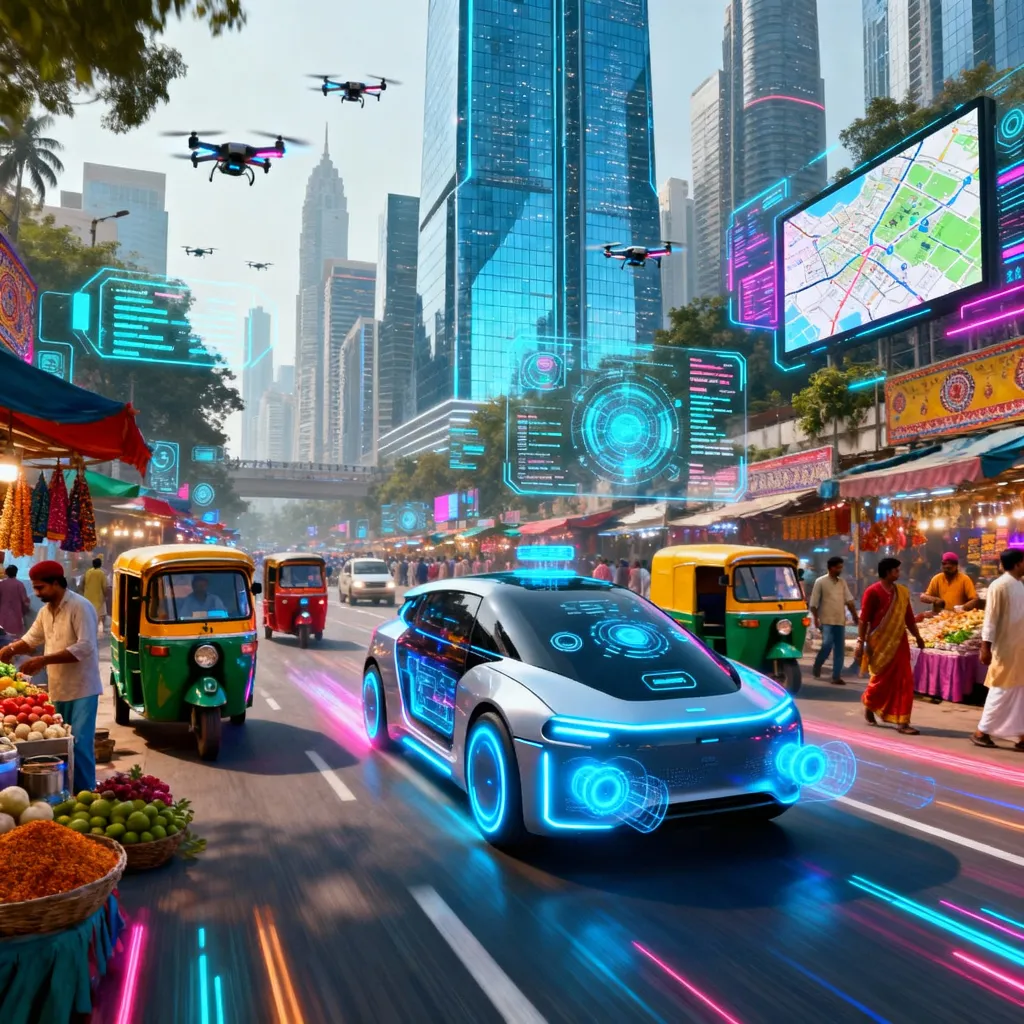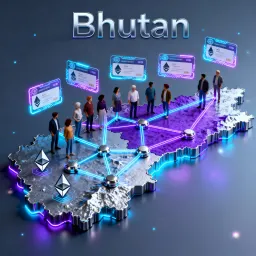Autonomous Vehicles in India: Driving into the Future or Hitting a Roadblock?

Imagine a future where you sit back in your car, sip your chai, and the vehicle zips through city traffic all by itself no honking, no stress, just smooth sailing. Sounds like a sci fi movie? Well, India’s autonomous vehicle (AV) journey is revving up, fueled by brilliant minds, big tech, and lots of promise. But will Indian roads welcome this driverless dream or will the chaotic traffic and tricky regulations slam the brakes?
When Wipro Meets IISc: Innovation in the Fast Lane
India’s tech titan Wipro and the prestigious Indian Institute of Science (IISc) have teamed up for an electrifying partnership in autonomous systems, robotics, and 5G technology. Dubbed the Wipro IISc Research and Innovation Network (WIRIN), this partnership isn’t just about gadgets; it’s about orchestrating the perfect symphony of AI, machine learning, and super fast connectivity to power the next gen smart vehicles.
Researchers and engineers are diving deep into everything from visual computing to vehicle to everything communication (V2X) the tech that lets vehicles chat with each other and traffic signals making sure our future driverless cars are both smart and safe. Talk about turning science fiction into science fact!
Indian Roads: The Real Life Obstacle Course
But placing autonomous vehicles on Indian roads is no walk in the park. Our streets teem with everything from cows to rickshaws, motorbikes weaving in and out, and traffic rules that sometimes resemble suggestions rather than laws. How can a driverless car navigate this unpredictable jungle?
To tackle these challenges, the AV tech doesn’t just rely on sensors and AI it must be trained like a “street smart” local, ready for surprises and improvisations. This is where the collaboration’s research on human computer interaction and AI adaptations comes in, ensuring vehicles can react not just to programmed scenarios but to the wonderfully messy reality of Indian traffic.
5G: The Game Changer
One key player speeding up this revolution is 5G. With its lightning fast data transfer and near zero latency, 5G enables vehicles to communicate instantly with other cars, pedestrians, and infrastructure. This connectivity is crucial for real time decision making. Imagine a car braking on time because it receives a hazard alert seconds before you even see it!
Wipro and IISc’s research pushes the boundaries here by integrating 5G tech with autonomous driving, setting the stage for a safer and smarter road experience.
Hits and Misses: Where India Stands
While the tech is racing ahead, the Indian ecosystem has its own brakes regulatory uncertainties, infrastructure gaps, and public acceptance hurdles. However, Indian startups and government bodies are actively piloting autonomous vehicle projects, testing chauffeur less buses in smart cities, and creating innovation hubs.
The government’s push towards smart city programs and electric mobility also fuels optimism. The ultimate goal? Making smart, autonomous transport affordable and accessible for everyone, not just tech enthusiasts.
The Road Ahead: Buckle Up!
So, will India’s journey with autonomous vehicles be a smooth highway or a bumpy ride? With cutting edge research partnerships like Wipro IISc and a growing tech ecosystem, the future is bright. Challenges remain, from diverse road conditions to legal frameworks, but the enthusiasm and innovation powering this revolution are undeniable.
Before you know it, the next generation vehicle might just ask, “Where to, boss?” while you sit back, relax, and enjoy the ride.








